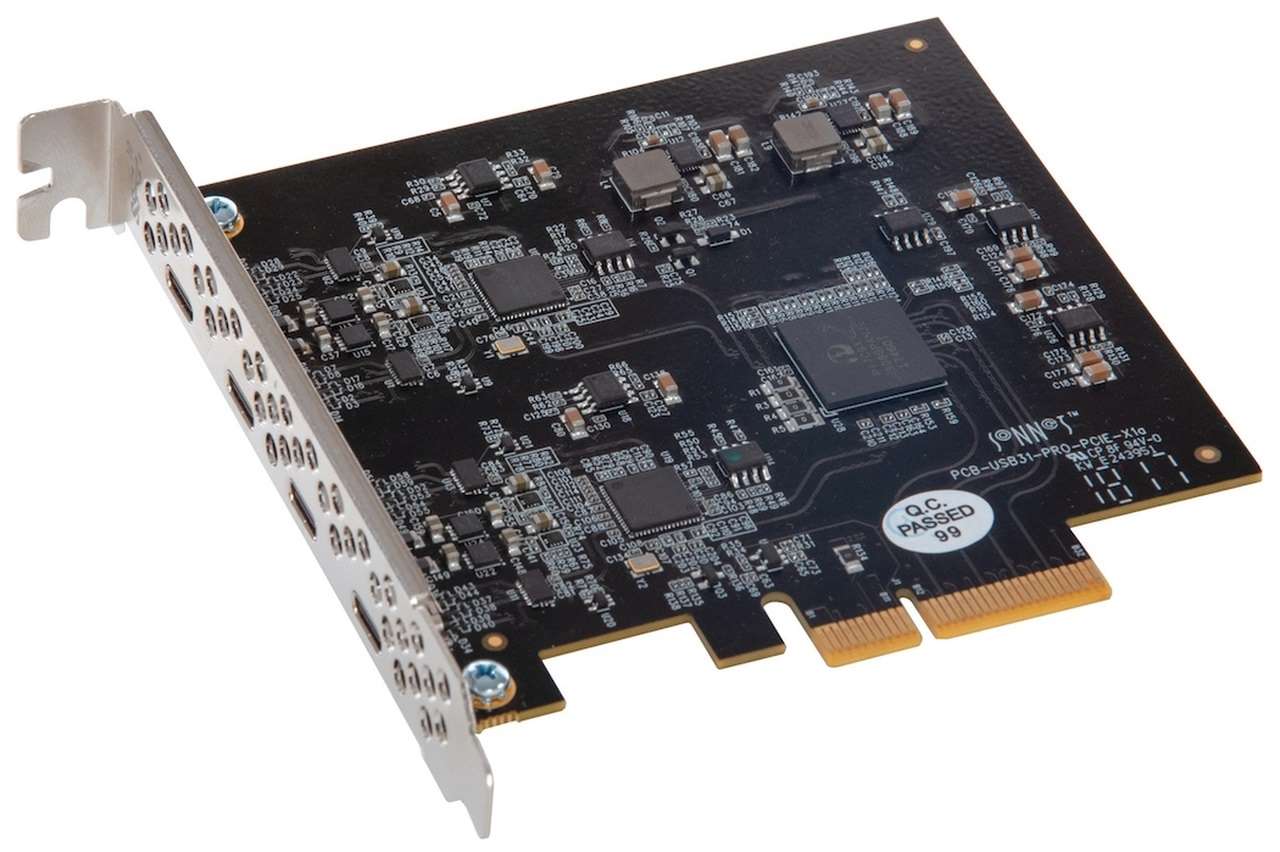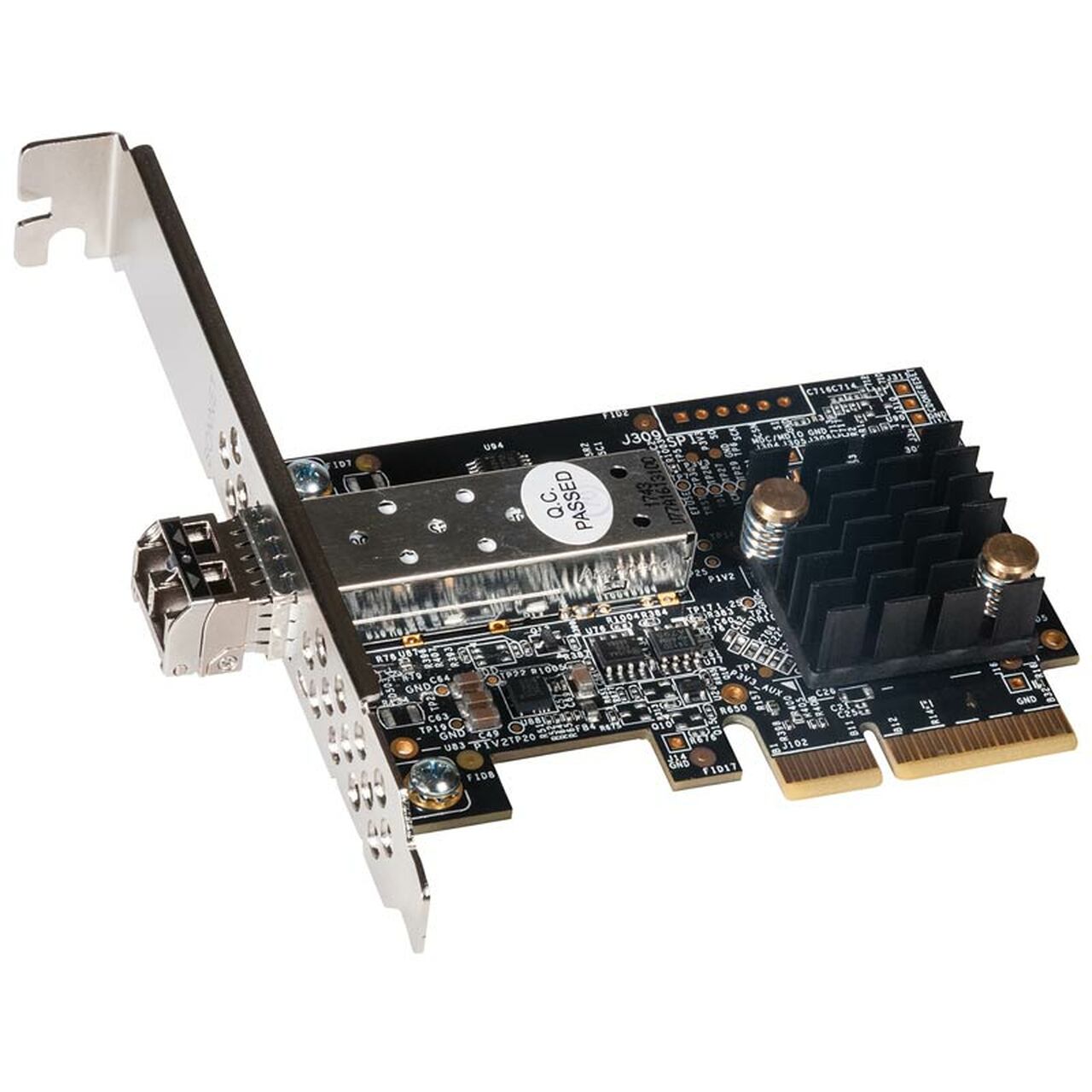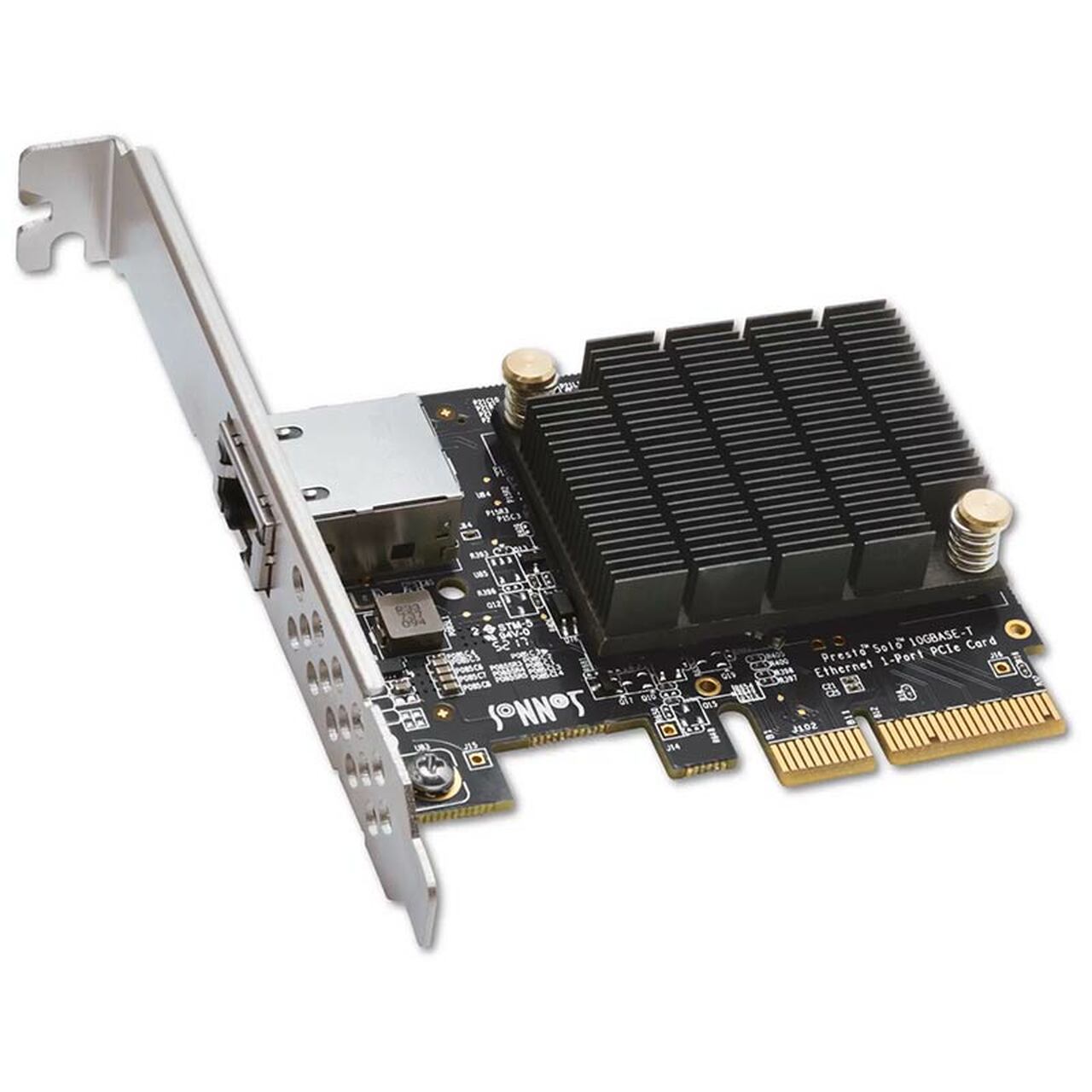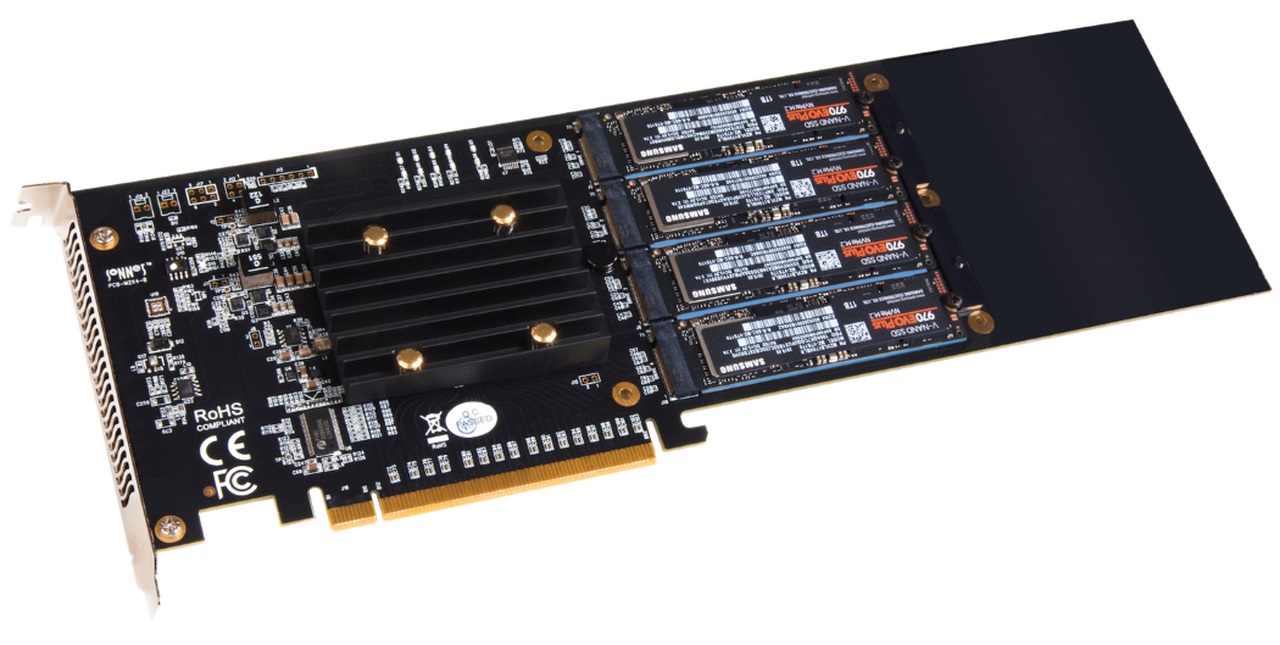PCIE, short for the fairly tongue twisting, Peripheral Component Interconnect Express is the standard motherboard interface (which is just a fancy word for connection).
A quick search with the search engine of your choice will reveal a plethora of PCIE cards from 4 port Gigbit POE network cards, fancy sound cards to wifi cards, graphic cards and USB 3.1 connectors. You can find our selection here https://www.flexxmemory.co.uk/categories/adapters/pcie-computer-card.html
Its worth noting that PCIE cards come in many shapes and speeds, but more about that later.
In your desktop computer PCIE cards are plugged into your mother board, you can see them here indicated by the blue arrow.

|

|
They provide additional or upgraded connections, not available on your motherboard, but what if you don’t have a desktop? Or you don’t have any PCIE slots?
https://www.flexxmemory.co.uk/categories/pcie.html
PCIE 1, 2, 3?
Officially at the time of writing there is a specification for PCIE 6, but in reality even PCIE 5 is still something of a rarity and it will be some time before PCIE 6 devices become publicly available.
From the users point of view the main difference between the various PCIE specifications is speed as highlighted in the table below. But power is also a factor**.
You will also see PCIE referred to as having ‘Lanes’, which would be x1, x2, x4, x8 or x16, again the significance of the lanes is basically speed. So for example PCIE 3 x 8 would potentially give you 16GB/s, but you would only need PCIE 4 x4 to get the same speed.

All PCI Express versions are backward and forward compatible, so whatever speed your PCIE card or your expansion system, they should work, even if to a limited capacity, so if you put a PCIe 3.0 card in a PCIe 4.0 slot, you’ll should get PCIe 3.0 performance.
PCIE Sizes or Form Factors
Full height, half length, low profile?? Its important to check that your PCIE card you will physically fit into your PCIE slot.
Your PCIe card will fit into a PCIe slot that is as big as it is or bigger. For example, a PCIe x4 card will fit in a PCIe x4, PCIe x8 or PCIe x16 slot.

Just to keep things interesting, PCIE cards are designed and manufactured in various sizes. Solid-state drives (SSDs) that come in the form of PCIE cards often use HHHL (half height, half length) and FHHL (full height, half length) to describe the physical dimensions of the card.

If in doubt check the specification of the PCIE card and expansion system or get in touch and we’ll do our best to advise.
Power
A quick note about power consumption.
The amount of power consumed depends on the type of PCIE card. Loosely, ×1 has up to 10 W available, ×4 has up to 25 W available, ×16 has up to 75 W available. Power hungry cards such as graphics cards will need significantly more that this and this is where eGPU’s come in.











